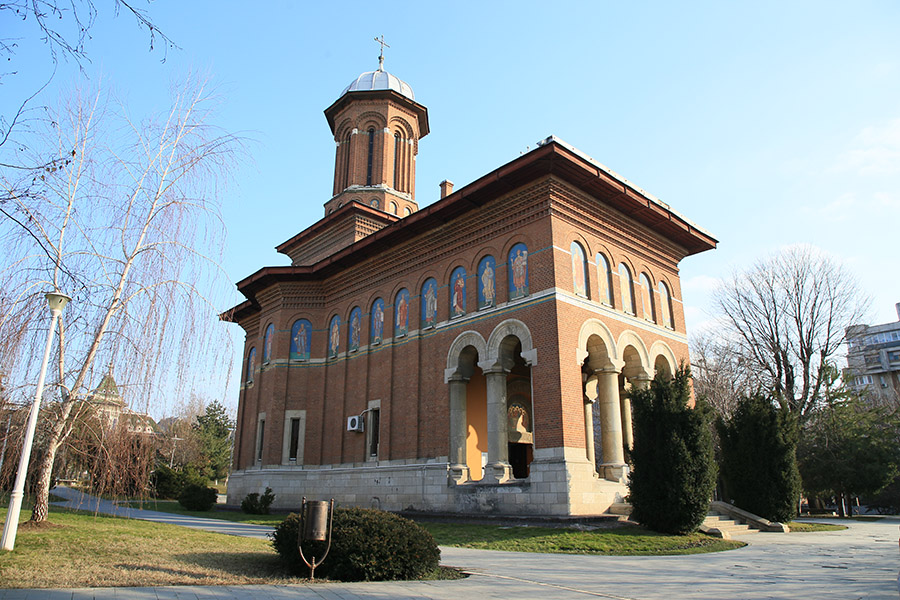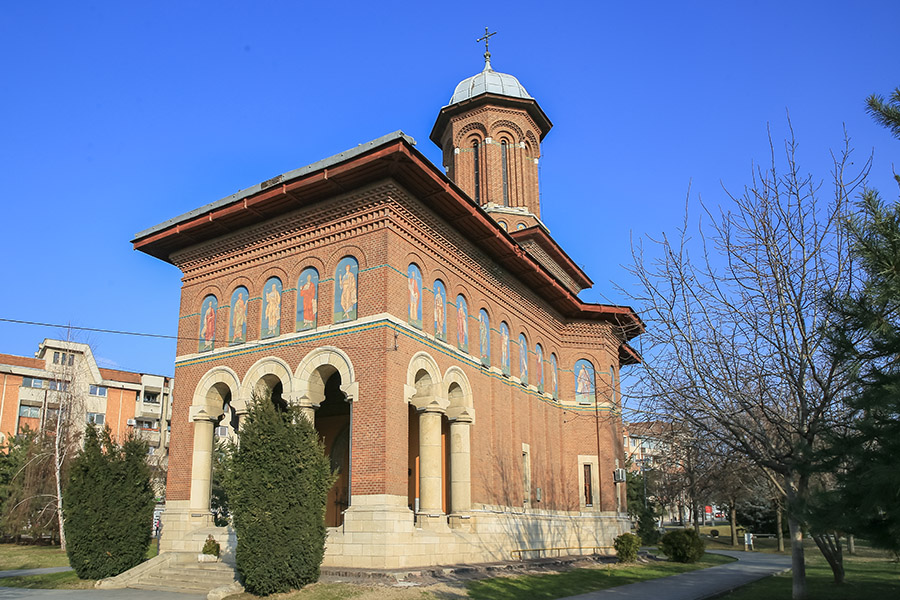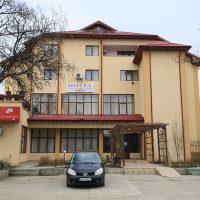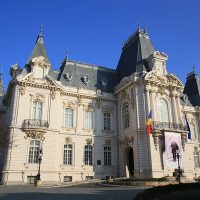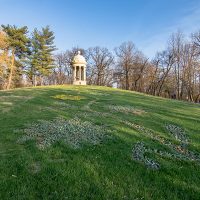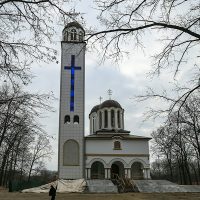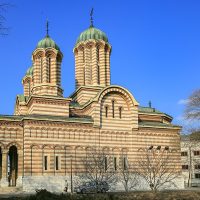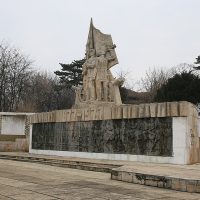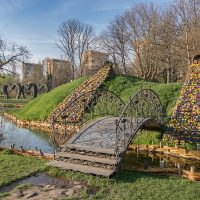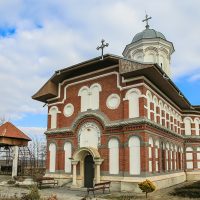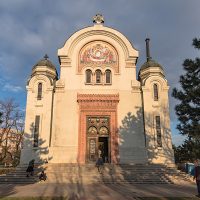








The holy place is the foundation of the old housekeeper Dumitrana Știrbei Stolniceasa, called Știrboaica, the daughter of the learned Constantin Strâmbeanu and the widow of the Grand Chancellor Constantin Știrbei, former governor of Craiova in 1741. The church was built between 1765-1768, being built of stone and brick, in the Brancovan style, with the shape of the cross, the slender tower above the nave and the porch with colonnades. In 1811, several rooms were built in the courtyard of the church, probably for arranging a monastic settlement. It suffered during the Revolution of 1821, so in 1823 the roof was rebuilt. At the earthquake of 1838, new damage was registered, the church being repaired two years later by Ecaterina (Catinca) Bibescu and her son, the great logician Barbu Știrbei, the future ruler of the Romanian Country. In 1890, an attempt was made to build a hospital from the church funds, but this initiative could not be realized. Instead, a medical dispensary for the poor was built, temporarily housed in the houses of the church yard, maintained by its income, related estates and donations. At the end of the nineteenth century works began to restore the settlement, which lasted until 1906. The financial side was taken care of by the sons of Barbu Știrbei Voda, princes Alexandru and Demetrius Stirbei, the construction being built according to the plans of the French architect and restaurateur André Lecomte du Noüy. At the same time the entrance tower was built, the interior painting was done, an iconostasis of oak, carved and gilded and furniture was brought from France. In 1995, the painting was restored, and in the first years of this century, at the request of the Town Hall, the fence and walls surrounding the place of worship were demolished.
Download PDF